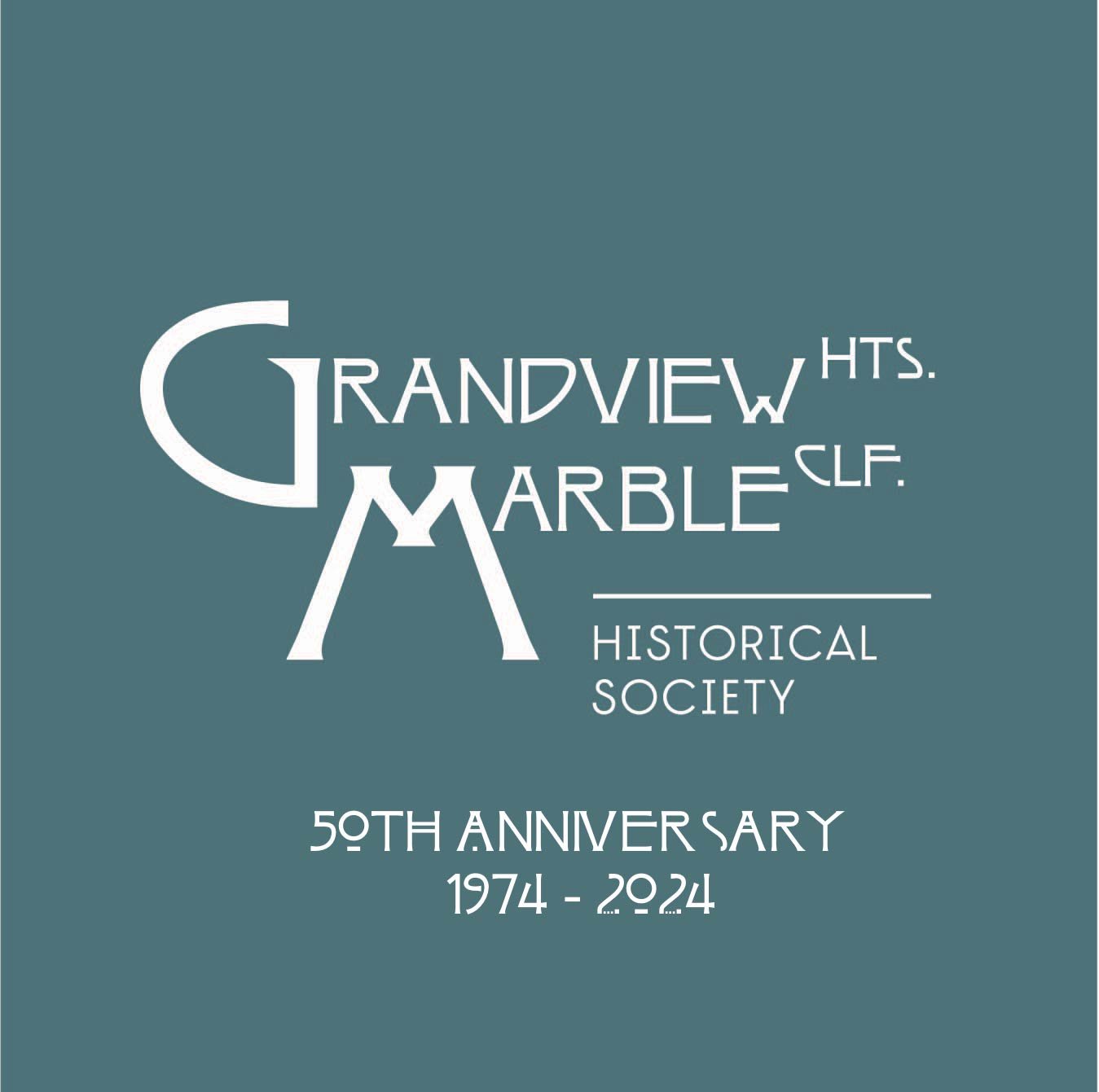Moment in Time (November 17, 2022)
The “Dam Cars” were interurban carriages of the Columbus, Urbana, and Western Railway. The cars travelled nine miles from downtown Columbus to Fishinger Bridge at Dublin Pike and Fishinger Road, north of what is now Upper Arlington. There were three passenger cars, #101-103, built by the Cincinnati Car Company. Car #101 is shown at the top and at the bottom left. Car #103 is shown at the middle right. Car #102 was lost in the 1913 flood. The bottom right is a 1905 photo taken from the Miller Farm entrance from Dublin Pike.
In the late 1800s, railroads played a major role in transporting people and freight within and between locations. Suburban systems typically used trollies and streetcars, and served commuter traffic around a city center and its suburbs. Regular railroads moved riders and large amounts of freight from one city to another city using an engine and multiple connected cars. Alternatively, the interurban was designed to connect cities across rural areas in a smaller region. They typically used a single car carrying mostly passengers, sometimes with small amounts of freight, making occasional stops, and were operated with electricity.
The first interurban in the United States was the Newark and Granville Street Railway in Ohio, which opened in 1889. It was 8 miles in length, and later became part of the 30-mile interurban connecting Newark and Zanesville. Several Columbus area interurbans began in 1901, connecting to Orient through Grove City, Johnstown through Gahanna, and most notably with the Columbus Delaware & Marion Railway purchase of the Columbus Clintonville and Worthington Street Railway system, expanding to connect Columbus and Marion.
In 1903, the Urbana Mechanicsburg and Columbus Electric Railway (renamed the Columbus Urbana & Western Railway, or CU&W, in 1904) was built between Columbus and Fishinger’s Bridge in what would become Upper Arlington. The nine-mile route left the interurban station at 100 West Gay every hour from 5:15 am until 11:15 pm, crossed the Olentangy River on its own bridge near Spring Street, and followed along the side of what is now Route 33. It had a stop at the Marble Cliff station at 5th Avenue before the end of line at Fishinger's Bridge. The cars returned after half an hour.
The line had three passenger cars, built by the Cincinnati Car Company, that were 55’ long with 28 two-passenger fixed seats and a bathroom, and several more seats that could be lowered from the wall in a small freight area. The cars, numbered 101, 102, and 103, were called “the Dam Cars”, because they carried passengers from downtown to the new Grigg’s Reservoir at Griggs Dam (built in 1905) at the end of the route. Car 102 was put out of commission after it was submerged on Spring Street downtown in the flood of 1913. The line also used one work car and 15 trailer service cars used to haul rock from the Marble Cliff Quarry.
The 1913 CU&W schedule lists an automobile shuttle service from Fishinger's Bridge to Hilliard and Dublin for the first and last two hours of the run. Sometime between then and 1924 the auto service also added a car to O’Shaughnessy Dam. The proliferation of autos and a better route 33 resulted in lower passenger participation, and the interurban line was ended in 1925.
References:
1. .Central Electric Railfans' Association Bulletin 96, November 1952
2. https://www.cera-chicago.org
3. The interurban answered transit needs of its time, Ed Lentz, ThisWeek Jan 30, 2012
4. https://www.dispatch.com/story/news/local/clintonville/2012/01/31/the-interurban-answered-transit-needs/22683276007/
5. http://www.columbusrailroads.com/new/?menu=04Interurbans

